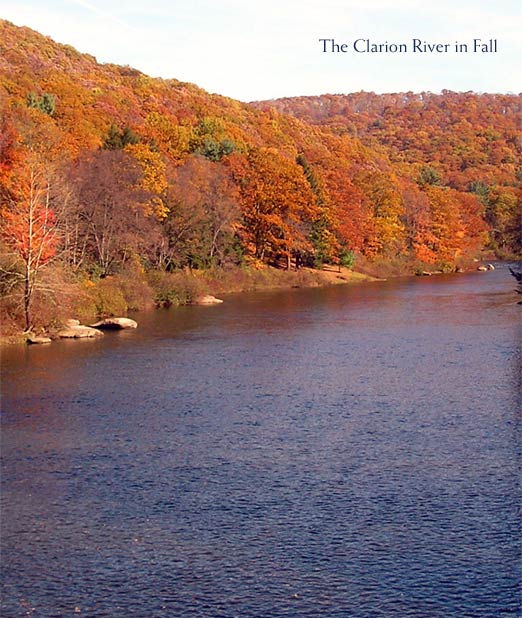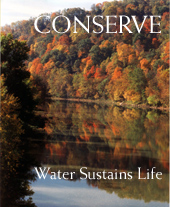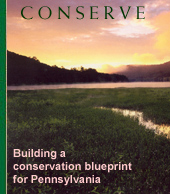
A Message from the President -- Dennis McGrath
Few waterways in the continental U.S. rival the beauty, wildness and history of the Clarion River. More than 52 miles of the Clarion are designated as a National Natural and Scenic River, it is enjoyed by thousands of canoeists each year and it has improved in quality so significantly in some sections that it has become one of the state’s most popular cool water fisheries.
Yet its pristine appearance today belies a century of enormous stress and abuse. During the past 150 years, the Clarion River has survived the ravages of a nearly depleted forest landscape, the damages from millions of logs floated down its swollen, silt-laden waters, pollution from 19th century and post-WWII industrial activity, and a legacy of abandoned mine drainage that continues to haunt it today in its lowest reach. In the timespan of a few generations, the Clarion River had gone from a pristine, wild river, to a polluted, “dead” waterway by 1909. Only since the 1970s have the first steps been taken in a journey to return the river to its former self.
The remarkable history of the Clarion River yields promise and hope for the future. With attention, commitment, political will and a good dose of time, our waterways will recover in due course, restoring life and ecosystem function while also supporting a sustainable economy and nourishing our spirits for generations to come.
But let’s disabuse ourselves of the notion that past insults are acceptable, tolerable or necessary. If we have learned one lesson it would be this: economic prosperity need not come at the expense of the sustainable use of renewable natural resources.
Nearly 40 years ago our country adopted far-reaching environmental legislation to temper the impacts on air and water. The Clean Water Act, still effective today, helped set the stage for the unprecedented overall improvement of water quality throughout the country. More recently, largely voluntary improvements in land use practices by the forest and agricultural industries (known as “best management practices”), and local municipalities, have complemented the regulatory features of the Clean Water Act. Such practices are yielding impressive improvements in the quality of our waters.
In early 2005, the Department of Environmental Protection, an ardent advocate for stream and river corridor restoration, made a $1 million, multi-year grant to WPC to help leverage the application of best management agricultural practices in the Allegheny/Ohio River basins. Such investments are important, and ever-creative farmers are beginning to apply them more frequently as part of their land management strategies. As part of this investment, 65,000 acres of those areas most sensitive for waterways protection, streamside corridors, have been prioritized for protection.
Economic, market-based incentives are developing to further enhance the overall improvement of water quality and, interestingly, quantity. While we have a finite supply of freshwater, we also have at this time an abundance of it in this region of the world, a fact not lost on those regions in which water is (or soon will be) in short supply.
You will see the Western Pennsylvania Conservancy redoubling its efforts to protect, conserve and restore our waterways, a job that is far from done. We can take many lessons and future hope from the recovery of the Clarion River, and if we listen carefully we’ll hear that river speak with the force of a clarion call.









